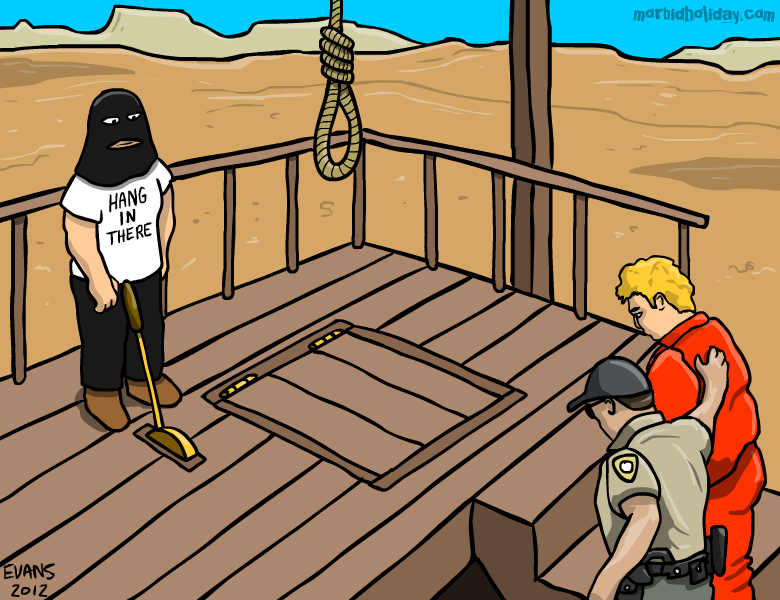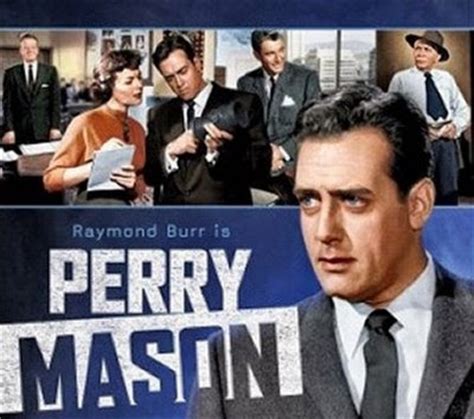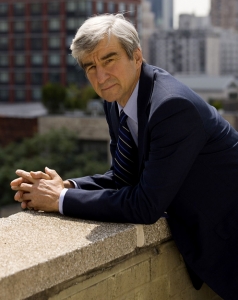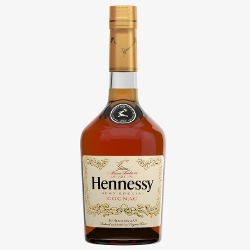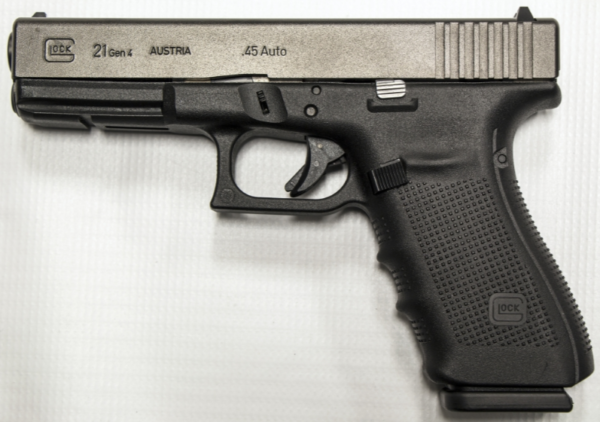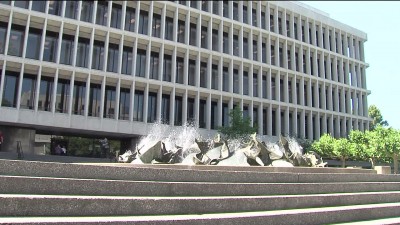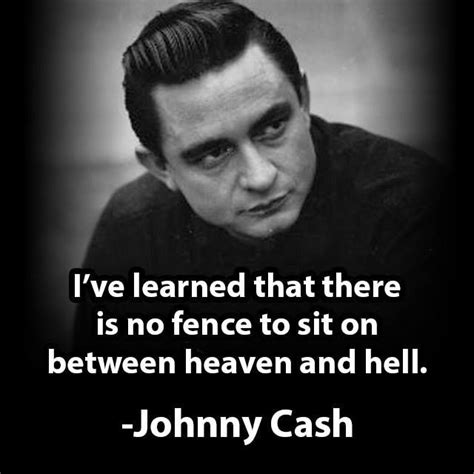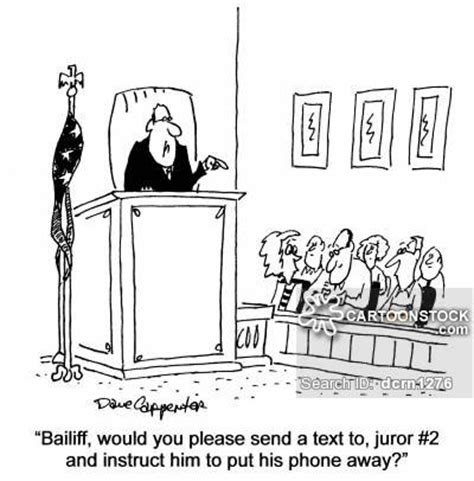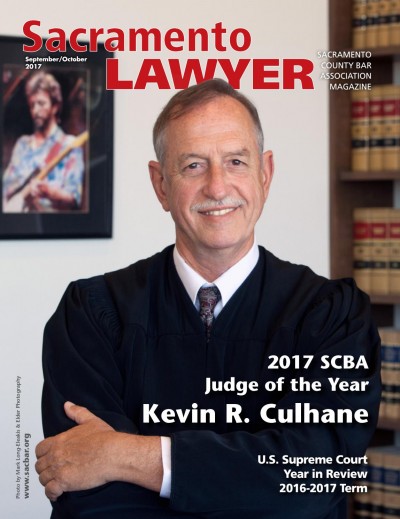A week ago, Thursday, the closing arguments of the trial began. The prosecution went first with a 50 minute PowerPoint presentation that covered the charges and how the evidence fit the charges. This was followed by the defense attorney recasting the testimony of the witnesses in such a way to benefit his client (think James Carville defending Bill Clinton). The defense attorney did a masterful job of misdirection and obfuscation. The prosecution then got a small rebuttal.
Then, just over three weeks after jury selection began, the trial went to the jury. Due to the trial running so long and some jurors having conflicts, the jury agreed to meet the following Monday to begin deliberations. The three day weekend gave me and presumably the others some time to reflect on our responsibility as a jury and the evidence. (In my opinion, had the jury started deliberations immediately after the defense’s closing argument’s it would have taken much more time for them to arrive at a verdict due to the level of doubt introduced.)
Monday morning finally arrived. The jury gathered and entered the deliberation room. We talked for a while and waited for the stenographer to arrive. We wanted to rehear the testimony of the two main witnesses. One man in particular was the crown jewel of the prosecution’s case. He was the man offered the bribe. He was the type guy that took an oath to protect and defend the Constitution of the United States and in his mind, his DD214 did not absolve him of the responsibility. He identified the shooter at the scene of the crime while waiting for medical aid. Both attorneys stated that this witness was reliable and correct in his testimony, at least up to the point of the actual shooting and then–per the defense–he was mistaken.
This is where I can get into the charges; however, I’m doing this from memory so I won’t be citing charter and verse for each accusation. All together there were five counts.
- The big charge was attempted murder of Bender Bob. Alternately, the jury could look at a lesser charge of attempted manslaughter.
- assault with a semi-automatic firearm causing great bodily injury to Bender Bob–shot in neck.
- assault with a semi-automatic firearm causing great bodily injury to the security guard–shot in hand.
- a felon in possession of a gun.
- witness tampering.
Several of the charges had additional factors associated with them. For example on the assault charges, if Carlos was guilty then we had to consider: Did the assault cause severe injury to the victim? And did Carlos use a semi-automatic weapon? The felon in possession of a weapon charge required that Carlos possess the weapon or control it when fired. The law does not say he had to own it, basically if he was touching it when it fired then he was guilty of violating this statue.
Bender Bob started the altercation. On this point both prosecution and defense council agreed. Did Bob draw the gun too? Bob testified that he hit Carlos because he saw Carlos drawing the weapon; however, Bob was so drunk his version might be the product of his imagination. Could Carlos’ defense testimony be true? Much of any reasonable doubt the jury might have stemmed from the answer to this issue. This was the main purpose of the read back of the witness testimony.
The question that much of the case hinged on was where did the gun come from? A shell casing was recovered at the scene but no weapon was recovered during the course of the investigation. Three choices were postulated in the trial about the gun:
- The defendant, Carlos–the prosecution claimed that he brought and used the gun but Carlos claimed he didn’t and furthermore, he never had the gun or control of it
- Bender Bob–the guy who got shot in the neck, Carlos’ defense testimony was that the gun was Bob’s but nobody asked Bob during the trial about ownership of the gun.
- The girlfriend, who’s purse kept being brought-up by the defense with no follow-thru (she was never asked to testify).
The purse was a red herring that explained nothing about the gun so nobody gave it much thought; especially after the defendant, Carlos, took the stand and blamed Bob for being the owner. Thus did defendant Carlos bring gun and shoot Bob as the prosecution alleged or did the victim, Bob, bring the gun and shoot himself during struggle? Did the defendant have possession of the gun at any point? If so he was guilty of count four.
Oh, while waiting for the stenographer, the jury voted guilty on count five related to intimidation of a witness. There was no debate on this point since both attorneys has stipulated that Carlos wrote the letter and arranged the phone call making the offer. Carlos agreeing to all this under oath sealed his fate on that count.
Should some enterprising criminal ever read this post, please understand that promising good things should a witness change his testimony also has the implied threat that bad things will happen if you don’t, whether the threat is explicit or not. The fact that the witness called the lead detective as soon as the call terminated and ditched his cell phone number for a new one is further proof he took it as a threat.
The testimony read back took two and a half hours but the intrepid stenographer made it thru the evidence that we needed to hear to get back on track. After a few minutes of discussion, we agreed to break for lunch.
Deliberations resumed at 1:30 PM.
It was clear that the jury would not agree to the attempted murder charge. This statute required premeditation and there was no consensus that the shooting in this case was premeditated. I could argue that bringing a gun to a night club is a premeditated act but that Bender Bob was shot seemed the opposite of premeditation.
The attempted manslaughter charge was more achievable but a few jurors wanted to examine whether the shooting as described by Carlos was self-defense. Two different reasons can get you to attempted manslaughter, one of which is imperfect self-defense. For many jurors, the question of guilt hinged on whether bringing out a gun and firing it at a fistfight was excessive force for this situation.
The presence of security and other options available to Carlos were discussed. Carlos’ assertion that Bob shot himself was just too incredible to believe. Had Carlos claimed that Bob had the gun but Carlos grabbed it and tried to scare Bob and it accidently discharged, Carlos might have been acquitted. Carlos’ version was clearly some jailhouse lawyering that was concocted to get him off all the charges.
It was clear that Carlos lied about all the following:
- Being checked by security as he entered the building–security guards testified that VIP’s were exempted from thorough scanning and often enter the building with no check at all
- Carlos said when he was hit so hard that a tooth was chipped but that he never took a step backwards but stood his ground, this was contrary to the other witnesses and common sense
- Bob glaring down at him from the balcony after the shooting (discussed below)
- Talking to the head of security after the shooting–head of security never spoke with Carlos
- Never trying to tamper with witness testimony–Carlos maintained there was no threat explicit or implied in his offer
Before I go on, let’s talk about Bob and the balcony. In order for this to be true the following things had to have happened in less than ten seconds.
- Bob gets shot in the neck with a .45
- Bob and the security guard fall backwards and land on a table, breaking it into several pieces. (They fell in the opposite direction from the exit.)
- Bob would then have to scramble to his feet and scoop up the gun at the scene of the shooting
- Bob would then have to run to the balcony and already be there so that he could be seen glaring at Carlos as he got to the landing halfway down the stairs
- Police found no blood between the scene of the shooting and the front of the dance floor where balcony is located
- Bob was drunk as a skunk and highly impaired, and barely mobile
Other threads that cast doubt on Carlos’ version of the story are that he never called the girl he brought to the club or arranged to get her home; instead, he just ran away. He never called the police or offered to make a statement against Bob. The only time Bob was accused of having the gun was by Carlos in open court, you’d think even if the cops didn’t investigate this that Carlos’ lawyer would use the possibility to create reasonable doubt when Bob was on the witness stand. Fleeing to Las Vegas and the Vegas jail call to his wife about “going away for a long time for attempted murder” doesn’t help either. As a whole, Carlos’ behavior is hardly that of an innocent person. As a convicted felony, only Carlos had any reason to lie about the events of the shooting.
After reading the law given to the jury as part of our written instructions, we ruled out self-defense and voted guilty of attempted manslaughter.
Having concluded that Carlos is the only person that witnesses saw holding the gun and firing it at Bob and the fact that Carlos was full of B.S. with his version of the story that Bob shot himself, finding him guilty of assault and possessing a weapon was a simple matter. By a few minutes after 3 PM, we had five verdicts.
As slow as court proceedings had been going, we figured it would take until the following day to gather all the folks to have the jury verdicts read in court. Wrong! As it turned out, the prosecuting attorney was in courthouse on another case, the defendant was downstairs in the cooler, and his lawyer was just down the street. The defense attorney was the last of the three to arrive. I could tell by the look on his face that he already knew the verdicts. One of the other jurors commented that he looks glum. I responded that is because he already knew the verdict. I said we decided too fast to find his client innocent, he knows it. About the time we were let into the courtroom, Carlos’ parents had arrived—at least I saw him mom and sister before going into the courtroom.
When the verdict on the first charge was read, “on the count of attempted murder, not guilty”, you could sense some hope coming from Carlos but then his world shattered. “On the lesser count of attempted manslaughter, guilty” and every other guilty verdict that was read, he let out an audible gasp. The jury also found Carlos guilty of all the modifiers associated with the charges. I didn’t look but it seemed that he was being restrained from making further outbursts. His family began sobbing after the first guilty verdict was pronounced.
I felt sorry for the family that had been in the courtroom every day of the trial but I was convinced that their son was guilty. The prosecution made a fairly solid case. Carlos’ story did not fit the facts of the case. His testimony hurt his cause; especially when he attempted to explain that Bob shot himself. Bob was about 6’ 2’ and close to 280 lbs. while Carlos was about 5’ 6” and 165 lbs.
The defense attorney then tried the final Hail Mary play in the book and polled each juror for their vote on each of the five verdicts. After 60 votes, it was over. The judge thanked us for our service and dismissed us.
Subsequent to the trial I have wondered if I did the right thing and after many days of contemplation, I think given the evidence, that Carlos is guilty. As to his sentence, that is up to the judge and will be decided another day.
